What is the best frequency for induction heating?
Induction heating is a widely-used method that harnesses the power of electromagnetic fields to heat conductive materials. This remarkable technology has transformed numerous industries, ranging from manufacturing to cooking, and continues to evolve rapidly. However, one crucial question often arises when implementing induction heating: What is the best frequency to achieve maximum efficiency and desired results? In this blog, we will explore this inquiry, taking into consideration various factors that influence the ideal frequency for induction heating applications.
Understanding Induction Heating:
Before delving into the optimal frequency for induction heating, let's grasp the basics of this remarkable process. Induction heating involves the use of alternating magnetic fields that induce electric currents within conductive materials. These currents generate resistive heating, rapidly raising the temperature of the material without direct contact.
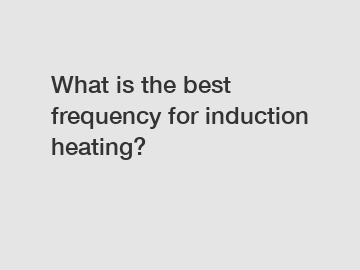
Factors Influencing Optimal Frequency:
The choice of the frequency for induction heating depends on numerous factors that affect efficiency and effectiveness. Here we touch upon three key considerations:
1. Material Properties:
Different conductive materials have unique characteristics that determine their response to induction heating. Certain metals, such as copper and aluminum, exhibit high electrical conductivity but comparatively low magnetic permeability. In contrast, steel and iron possess higher magnetic permeability. These disparities directly impact the required frequency for efficient heating.
2. Heating Depth:
The desired depth of heating is another crucial factor. Lower frequencies penetrate deeper, allowing uniform heating throughout thicker materials. Conversely, higher frequencies result in shallower heat penetration, making them more suitable for thin materials and surface heating. The heating depth affects the required frequency, as it dictates the distribution of energy within the material.
3. Efficiency and Time Constraints:
Induction heating frequencies affect the overall efficiency and time required for the process. Higher frequencies typically result in faster heating due to their reduced depth of penetration. However, this increased speed can come at the expense of decreased efficiency and higher energy consumption. Striking the right balance between efficiency and speed is essential for optimizing specific heating applications.
Additional resources:How much does a dump truck hold tons?
Which Manual Logistic Equipment Is Essential?"or"How to Maximize Efficiency with Manual Logistic Equipment?
What is the speed of gravure printing machine?
How does a tube straightener work?
Maximize Efficiency & Power: Tank Mounted Air Compressor Guide
Can ozone go through walls?
Revolutionizing Cryogenic Storage: How Does ISO Tank Technology Impact the Industry?
Determining the Optimal Frequency:
Choosing the perfect frequency for induction heating involves a delicate balance between multiple factors. Here, we explore three frequently used frequency ranges and their respective advantages:
1. High Frequency (100 - 500 kHz):
High-frequency induction heating is typically used for shallow heating applications where speed is crucial. It offers excellent efficiency for surface hardening, brazing, and intricate soldering operations. However, due to its limited penetration depth, it may not be suitable for bulk heating or thick materials.
2. Medium Frequency (10 - 100 kHz):
Medium-frequency induction heating strikes a balance between heating depth and speed. It finds extensive application in various industries for tasks such as forging, heat treating, and induction brazing. This frequency range provides adequate penetration for medium-thickness materials while maintaining reasonable efficiency.
3. Low Frequency (1 - 10 kHz):
Low-frequency induction heating offers deep heat penetration, making it ideal for bulk heating applications or thick materials requiring uniform heating. Its slower heating rate, however, may be a disadvantage for time-sensitive processes. This frequency range is commonly used in applications like annealing, preheating, and heat induction of large components.
Conclusion:
Determining the optimal frequency for induction heating depends on several factors, including material properties, desired heating depth, and efficiency requirements. The right frequency ensures effective heating, minimal energy wastage, and optimal process execution. By understanding these nuances, industries can harness the power of induction heating to improve productivity, achieve consistent results, and stay ahead in a rapidly evolving technological landscape.
The company is the world’s best straight seam steel pipe welder factory, hf pipe welding machine, induction heat treatment machine supplier. We are your one-stop shop for all needs. Our staff are highly-specialized and will help you find the product you need.
Additional resources:Which is the best blow molding machine for sale in terms of quality and price?
How do weight machines work for accurate measurement?
How does a cutting machine work?
How much horsepower can you get out of a Cat C15?
What are the advantages of automated soldering?
What size is a BOP RAM?
Revolutionizing Precision: Unveiling 2022's Ultimate Fiber Laser
Related Articles


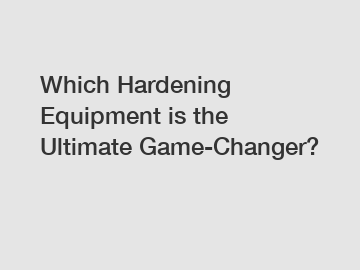

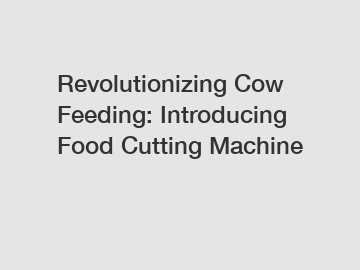
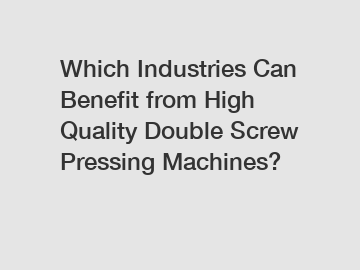
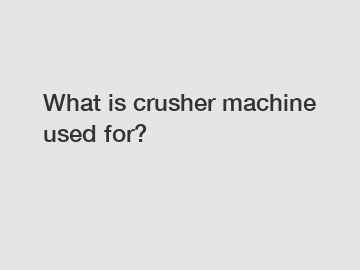


Comments